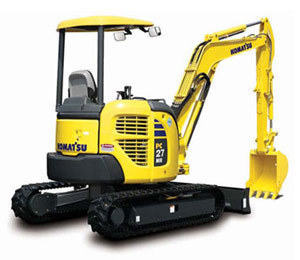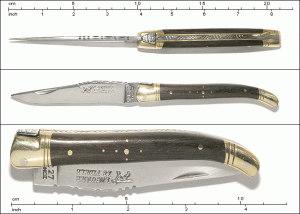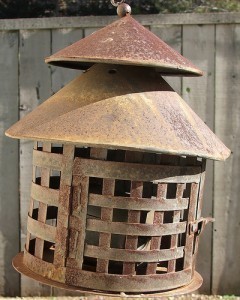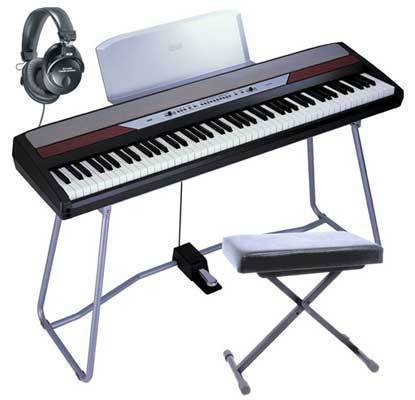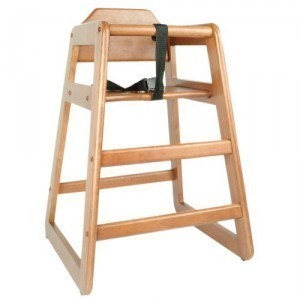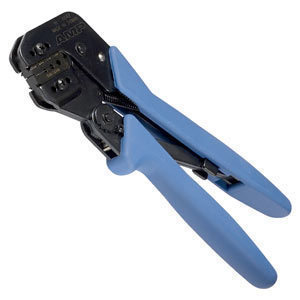Size of Bunsen Burner
The size of Bunsen burners varies. Some of those sold online have dimensions of 5 W x 3 H x 6.5 D inches. Other burners measure 4 x 2 x 6 or 5 x 3 x 5.
Weight and Burner Shaft Cover Dimensions
These burners typically weigh 1 or 2 lbs. The lengths of cover shafts differ. Some are 28 mm but others are 25 mm and 23 mm.
Purpose
This burner is a lab equipment used for sterilization and combustion. This is made possible by producing gas flames. The burner is named after Robert Bunsen, its inventor.
Design
The burner uses liquefied petroleum gas (LPG) or natural gas (methane). A few models utilize both. Invariably, the hose barb is connected on the gas nozzle on the lab bench. The bench has rubber tubing.
Although designs vary, a lot of these gas nozzles are hooked to a main gas source. The gas will pass through the base opening around the bottom.
Regardless of the size of Bunsen burners, the tube side’s bottom is filled with open slots. This permits the air to reach the steam.
Combustion Reaction and Lighting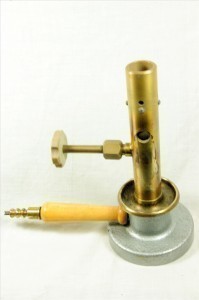
Various techniques can be used to light it, but the most common is using a spark lighter. By combining the gas with oxygen, combustion reaction occurs. If the air is not sufficient, the reaction will not be as warm.
By closing and opening the slots at the bottom of the base, the airflow will be easy to control. Its function is similar to the carburetor choke.
Making Adjustments
The tube collar can be adjusted so air can reach the gas. This is done to increase the flame heat. You will know this option has been exercised by the flame’s blue color.
If the holes are closed, the gas will be combined with air. This produces a yellowish but cooler color. This is called the safety or luminous flame. This hue is the result of soot particles. Luminous flames leave carbon marks where it is heated.
Reminders
If you are setting up a blue flame, remember that it is not clearly visible in some backgrounds. Also note that the flame tip is the hottest part.
Whatever the size of Bunsen burners you use, the inner flame will be
the coolest part. To make the flame go up, boost the fuel gas flow. This adjustment has to be correct. Otherwise, the flame may lose heat.
